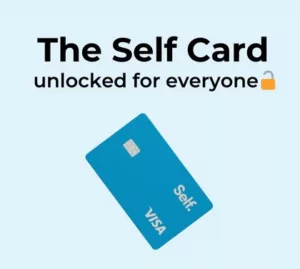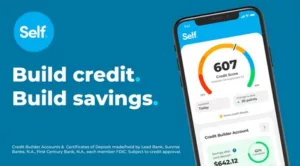Coconut Oil Makeup Remover is a budget-friendly alternative that works as well, if not better than, expensive options. Are you tired of spending a fortune on store-bought products? In this post, you’ll learn how to use a coconut oil makeup remover and discover how much money you can save by making the switch. This natural makeup removal oil gently breaks down makeup, even stubborn waterproof products, without irritating your skin.
Why Coconut Oil Works as a Makeup Remover
Coconut oil is rich in fatty acids that dissolve makeup easily, including mascara, eyeliner, and long-wear foundation. Unlike many commercial makeup removers packed with chemicals, this natural coconut makeup cleanser is free of synthetic ingredients, making it a safer option for sensitive skin and eyes. It also adds a dose of hydration, leaving your skin soft and moisturized after use.
Step-by-Step: How to Use Coconut Oil to Remove Makeup
Using coconut oil is simple. Scoop a small amount of solid or liquid oil and rub it between your fingers until it melts. Gently massage it over your face, focusing on areas with heavy makeup. Once the makeup loosens, wipe away the oil and residue with a warm, damp washcloth. Finish by washing your face with your regular cleanser to remove leftover oil. This easy coconut oil cleansing method not only removes makeup but also helps nourish your skin.
How Much Money Can You Save by Switching?
A typical bottle of eye makeup remover can cost anywhere from $8 to $25, and if you wear makeup regularly, you may go through several bottles a year. In contrast, a jar of coconut oil costs around $10 and can last for months, even with daily use. You could save over $50 a year—or more if buying high-end removers. Plus, coconut oil is multi-purpose, so you’re getting even more value since it can also be used as a moisturizer, hair conditioner, or shaving cream.
Is Coconut Oil Safe for All Skin Types?
Coconut oil works well for many people, but those with oily or acne-prone skin should use it cautiously because it can clog pores. If you’re concerned, try a patch test first or look for fractionated coconut oil, which is lighter and less likely to cause breakouts. Always pay attention to how your skin responds and stop use if you notice any irritation.
Where to Buy Quality Coconut Oil
Choose organic, unrefined (virgin) coconut oil for the best results. This DIY makeup remover coconut product is widely available at grocery stores, health food shops, and online. Trusted places to shop include Thrive Market, Walmart, and Amazon.
Final Thoughts on Coconut Oil as a Makeup Remover
Switching to coconut oil for makeup removal is a simple and affordable way to cut your beauty routine costs while giving your skin a break from harsh chemicals. With its natural cleansing power and moisturizing benefits, this coconut oil skin cleanser is a beauty hack worth adding to your routine. Plus, your wallet will thank you for ditching those expensive store-bought removers.
For more budget-friendly beauty tips, visit www.midwestmoneysavers.com.
Disclaimer: This post is for informational purposes only and should not be considered medical advice. Always consult a dermatologist or healthcare provider if you have concerns about skin reactions, allergies, or specific skin conditions before trying new skincare products.
This post may contain affiliate links. These affiliate links help support this site. For more information, please see my disclosure policy. Thank you for supporting Midwest Money Savers.









